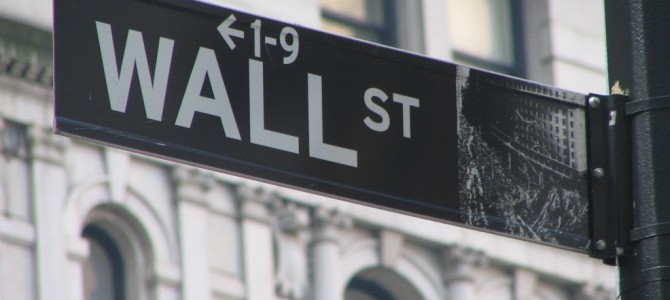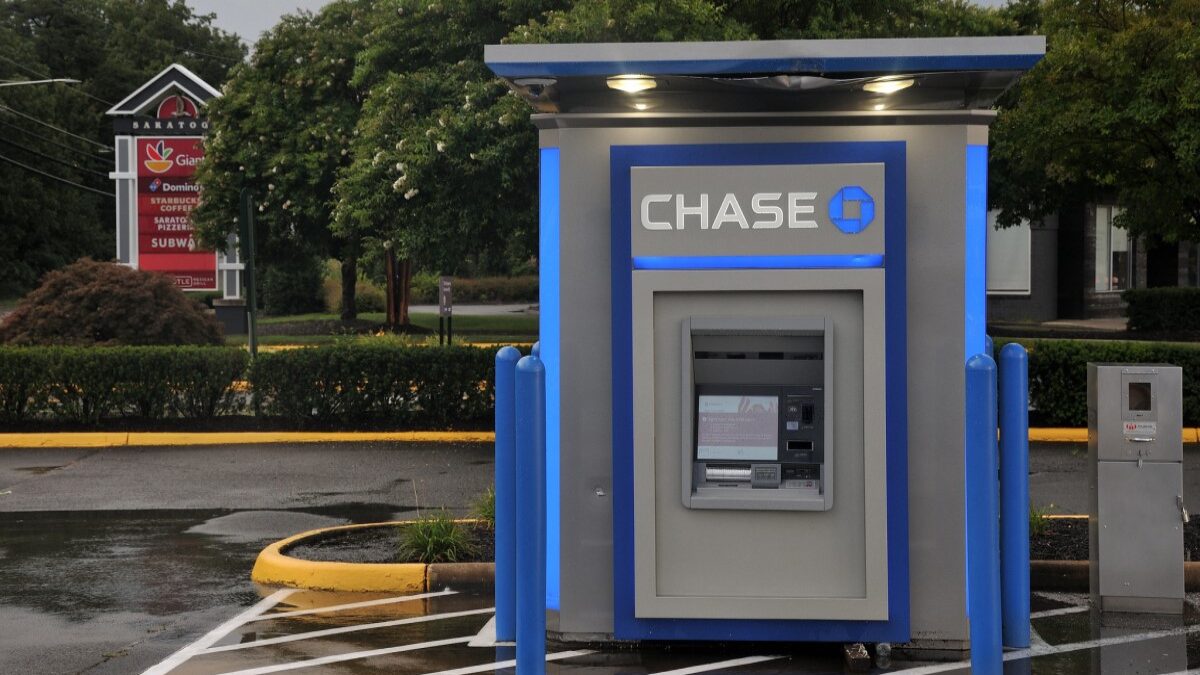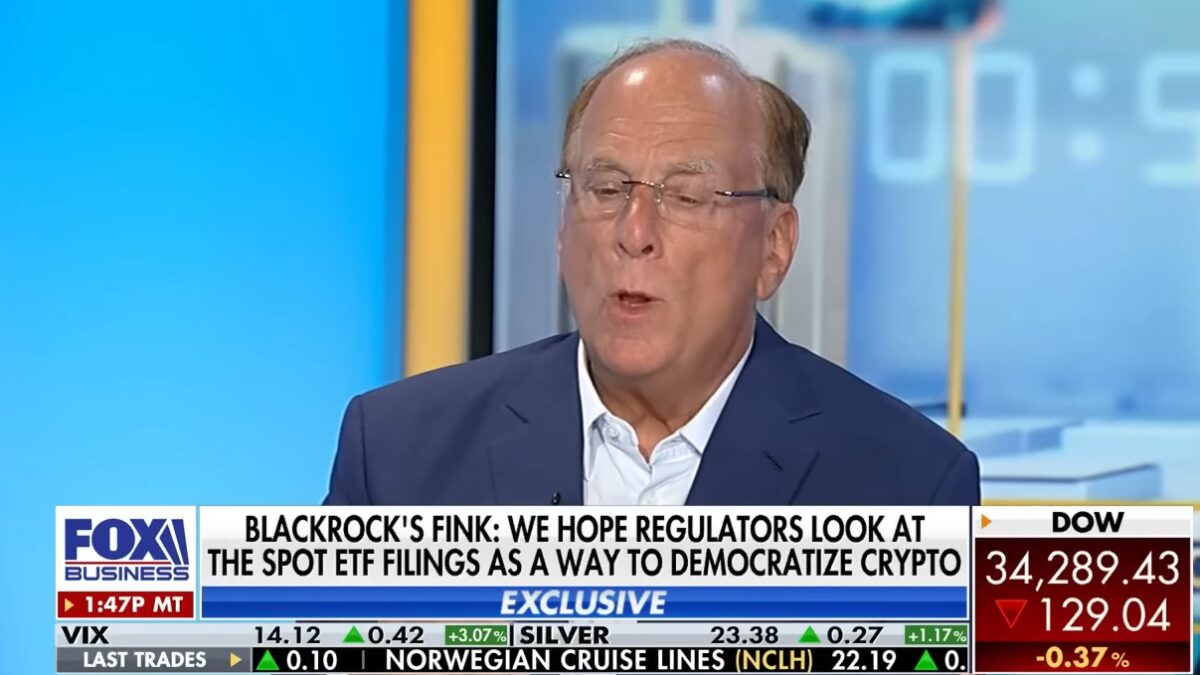
“America has 6,891 banks,” Slate blogger and certified financial non-expert Matthew Yglesias writes in his Moneybox column. “And that’s too many.”
Why is that? According to Yglesias, it’s because small banks are poorly managed, unregulated, and can’t compete. It’s an interesting argument, to the extent that 2+2=7 is an interesting argument, but Yglesias fails to support a single assertion with a verifiable fact or source citation. Not one. Of the seven assertions made in the first two paragraphs (spanning a whole five sentences), not one has a supporting citation.
It’s no wonder, as the very first assertion made by Yglesias — that there have been no new bank charters in the U.S. in “quite a few years” — isn’t even true, as a simple FDIC search reveals that four new banks have been chartered so far in 2013. But don’t let that dissuade you from the notion that Yglesias is an expert on financial regulation.
The complete lack of citations almost leads one to wonder whether the school Yglesias attended as a child banned “Show and Tell” in favor of “Tell, Don’t Show.” Oh, you got a pony for Christmas but don’t have any pictures? You’d totally introduce us to your supermodel girlfriend if she weren’t on a photo shoot in Fiji? Cool. His simple citation of the number of banks in the U.S. isn’t even backed up with a link to a source document (e.g., his figure includes the 5,937 commercial institutions and 954 savings institutions in the U.S., but excludes the 6,620 credit unions throughout the country).
But let’s look at each of his arguments about the utter uselessness and moral depravity of small community banks to see how they measure up.
First, Yglesias argues that small banks are poorly managed. How does he prove this? He starts by suggesting that the best and brightest go to Wall Street, while the “less-bright” and “not-as-good guys” end up working for small banks in cities that aren’t Manhattan. Then he assumes that they must suck at their jobs. Or as the underpants gnomes from South Park might put it: “Phase 1: Assume that only stupid people work for small banks. Phase 3: Assume bank failures.”
Now, a better writer whose abilities qualified him to work for a major publication like the Wall Street Journal (remember, the smartest people all go to work for Wall Street firms) might have gone with the alliterative and far less awkward “dumbest and dimmest” to contrast with the clichéd “best and brightest.” Yglesias is not that writer. And we’ll ignore for the moment what Yglesias’ little dig about where the truly smart people end up says about his career as a blogger for Slate, or as Jeff Bezos likes to call it, “The Center For Kids Who Can’t Write Good And Who Wanna Be Less Not-As-Good At Other Stuff Too.”
Pettiness aside, does his argument have any merit?
Not even close. Compared to big banks (defined as those with more than a billion dollars in assets), small commercial banks (those with under $100 million in assets) have a higher ratio of equity-to-assets, a lower ratio of volatile liabilities-to-assets, a lower percentage of non-current loans and leases, and next to zero derivatives. As of September 30, 2013, derivatives totaled a mere 0.15 percent of the cumulative assets of small banks. But for the biggest banks, derivatives were nearly 20 times higher than their cumulative asset base (1,960.53 percent of assets, to be precise). In the words of Vice President Joe Biden, the difference between those derivative numbers is a big f—ing deal.
If you’ll recall, it wasn’t local loans made and held by small community banks that caused the 2008 financial crisis. It was the big banks’ hunger for risk, sated by an epic binge consisting of monstrously leveraged synthetic derivatives that caused the 2008 crisis. But in Yglesias’ mind, the solution to what happened in 2008 is to concentrate an even greater share of the nation’s financial resources in the hands of Wall Street’s too-big-to-fail banks.
His next argument is that community banks “can’t be regulated.” His refusal to provide any evidentiary support of this assertion is entirely defensible; none exists. According to the Independent Community Bankers of America, the industry’s trade representative, the federal government had, as of February of 2013, issued or proposed 900 new regulations since 2007. And if that source strikes you as a bit too biased, the Government Accountability Office wrote in a September 2012 study that regulations required by seven of Dodd-Frank’s 16 titles would significantly affect community banks. If that represents under-regulation, I’d hate to see what over-regulation looks like.
Unsurprisingly, given the source, Yglesias blatantly contradicts himself in the final sentence of his “small banks can’t be regulated” paragraph: “Other times, the compliance costs of small firms become a reason to simply not do tight regulation.” This follows a similar contradiction in the second sentence of the piece, wherein Yglesias claims that regulation has eliminated new bank charters. If they “can’t be regulated,” then where on earth did those regulatory burdens and compliance costs come from? Odd.
Finally, Yglesias asserts that small community banks simply can’t compete. If that were truly the case, though, nobody would need to call for their abolition. They would merely disappear, never to bother cloistered political bloggers again. The number of small banks has clearly decreased in recent years, as bank consolidation has eaten away at the total number of individual banks in the U.S. Over the last decade, according to FDIC data, the number of commercial banks and savings institutions has fallen by more than 25 percent, from 9,286 at the end of the third quarter in 2003 to 6,891 today (consolidation has also been the trend among credit unions following the elimination of the “single common bond” requirement in the late 1990’s).
The nice thing about markets, when they’re allowed to work, is that they take care of saturation and poor performance all by themselves. That we still have nearly 6,900 banks almost 15 years after Gramm-Leach-Bliley unleashed a wave of bank consolidations ought to indicate that the existing banks are supplying a service that’s in demand. But what do markets know? They don’t have an undergraduate degree in philosophy from Harvard.
If you can imagine Home Depot complaining about how your local hardware store is ruining America, or McDonald’s complaining that the grill in your back yard gives you an unfair advantage over the company, then you can come close to comprehending the inanity of Yglesias’ poorly written, anti-small bank propaganda. America currently has more than 3,100 counties. With nearly 6,900 banks and 6,600 credit unions, that comes out to an average of a whopping four banks per county. By way of comparison, I believe my home is within a 5-iron of at least 223 individual Starbucks locations.
Yglesias’ arguments are so poorly reasoned and so poorly supported that it leads one to question whether his post was thoughtlessly regurgitated from anti-community bank talking points promoted by the big banks (“You guys, the Wall Street banks that nearly destroyed America aren’t the problem. Small community banks where bankers actually know the borrowers are the real problem. Don’t worry about the facts. Just go with it.”). I’m actually at a loss to come up with a more charitable explanation.
According to the FDIC, over 90 percent of commercial bank assets in U.S. are held by 9 percent of the banks — all 539 of them with more than a billion dollars in assets (13 percent of savings institutions hold 80 percent of the industry’s assets). If you think the biggest problem plaguing the American economy right now is that not enough wealth is concentrated in the hands of the Wall Streeters who nearly bankrupted America (while at the same time demanding the biggest taxpayer bailout in history), there’s a good chance you’re an idiot, Matthew Yglesias, a Wall Street lobbyist, or some combination. Yglesias has come face to face with history’s greatest monster: the bank around the corner that had the audacity to avoid synthetic collateralized debt obligations.
America doesn’t have too many banks. It has too many know-nothing Journolisters like Matthew Yglesias. Slate has one inexperienced philosophy major running its blog on finance and economics, and that’s too many.









